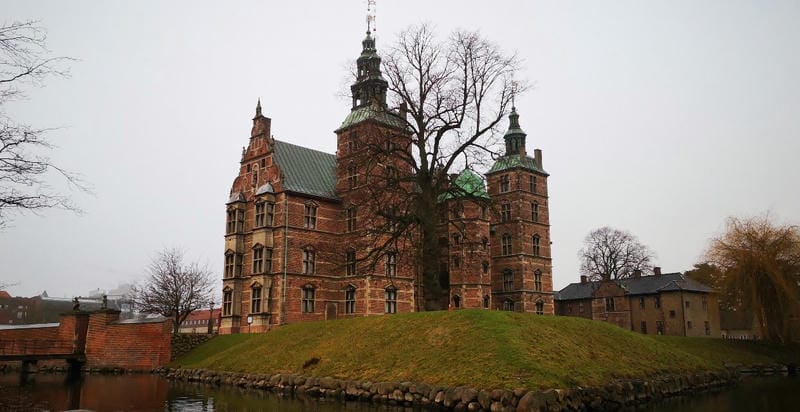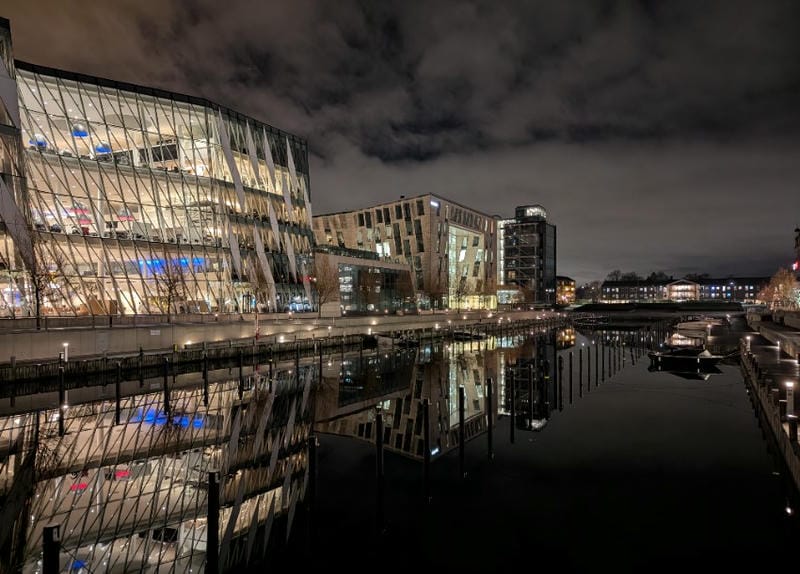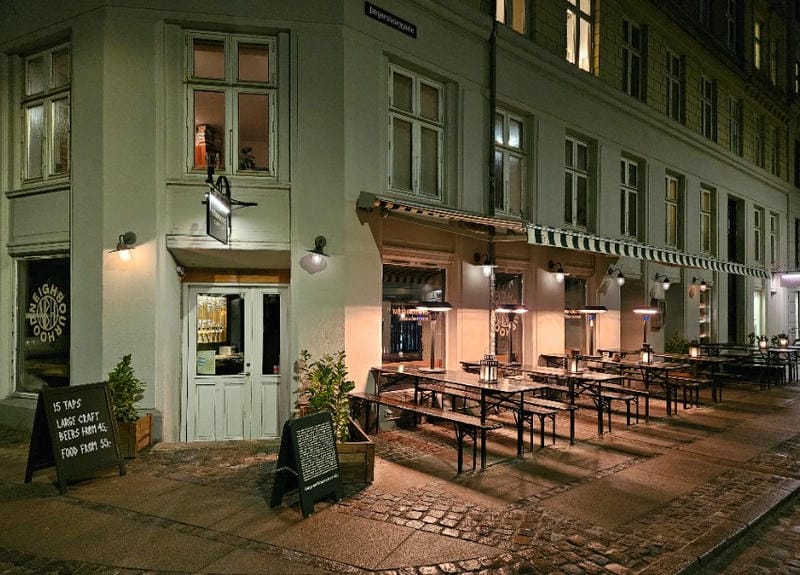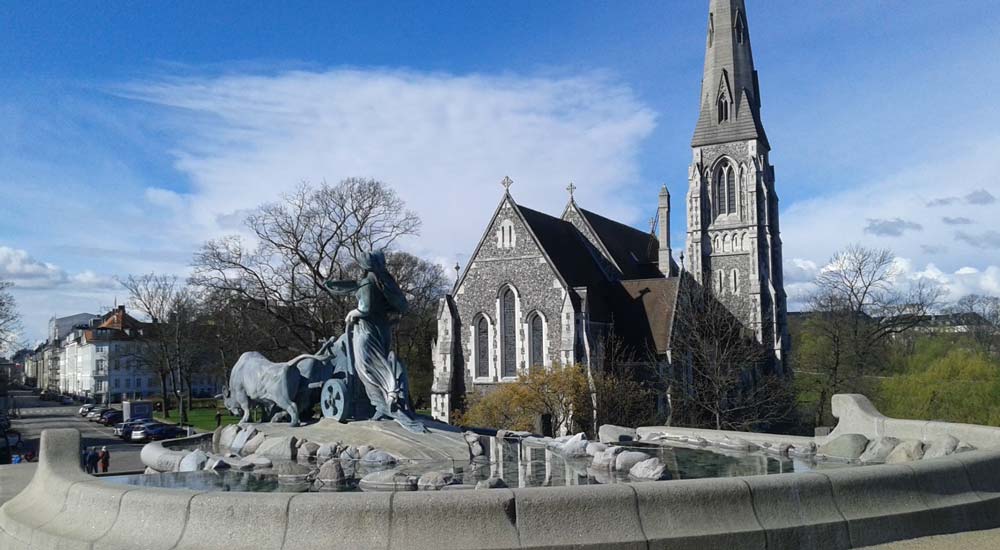Copenhagen, the vibrant capital of Denmark, is a city where historic charm seamlessly blends with modern innovation. Known for its colorful waterfronts, royal palaces, and eco-friendly ethos, it has become a top destination for travelers worldwide. Whether you’re a history enthusiast, foodie, or culture seeker, Copenhagen offers something for everyone.
One of the most appealing aspects of Copenhagen is its compact layout, making navigation easy and enjoyable. The city is best explored on foot or by bike, but its efficient public transportation system—comprised of buses, metro lines, and trains—ensures that no corner is out of reach. Travelers often opt for the Copenhagen Card, an excellent investment that provides unlimited public transport access along with free or discounted entry to over 80 attractions.
This 3-day itinerary is designed to help you experience the essence of Copenhagen in a balanced way, incorporating historical landmarks, cultural gems, and modern local vibes. From the iconic Nyhavn harbor to the enchanting Tivoli Gardens, get ready to immerse yourself in the magic of this Scandinavian gem.
Day 1: Exploring Historic Copenhagen

Morning: Iconic Landmarks to Start Your Journey
Begin your adventure at Nyhavn (New Harbor), one of Copenhagen’s most recognizable spots. This 17th-century waterfront boasts colorful townhouses along a canal that invites photography and leisurely strolls. Early mornings here are ideal for avoiding crowds and enjoying the serene charm of the area. You may even embark on a canal tour, which starts from Nyhavn, and offers picturesque views of major landmarks, including Amalienborg Palace and The Little Mermaid statue.
Next, walk towards Amalienborg Palace, the official residence of the Danish royal family. Marvel at its grand architecture and make sure to arrive before noon to witness the royal Changing of the Guard, a time-honored tradition. If you’re intrigued by royal history, explore the palace museum, which provides insights into Denmark’s monarchy and its artifacts.
Your next stop is Frederik’s Church, also known as the Marble Church. Its magnificent dome is one of the largest in Scandinavia. Entry to the church is free, but for a small fee, you can climb to the top of the dome, where panoramic city views await you.
Afternoon: Delve into History and Nature
Head to Christiansborg Palace, a historic landmark housing Denmark’s Parliament, the Supreme Court, and royal reception rooms. This site offers a fascinating glimpse into Danish politics and royal culture, with highlights including the ruins beneath the palace and the observation tower, which provides spectacular views of Copenhagen—all for free.
From there, venture to Rosenborg Castle, a stunning Renaissance structure surrounded by the King’s Garden. The castle houses Denmark’s crown jewels and exhibits a legacy of royal life. The King’s Garden is equally noteworthy, offering a tranquil spot for a picnic or simply basking in the beauty of the carefully manicured lawns.
Evening: Stroll Along Strøget
Wrap up your first day with a leisurely walk along Strøget, Europe’s longest pedestrian shopping street. This bustling avenue features a mix of high-end boutiques, budget-friendly shops, and cozy cafes. Be sure to stop by one of the local bakeries to sample traditional Danish pastries or grab some souvenirs to remember your trip.
Day 2: By the Waterfront and Cultural Gems

Morning: Waterfront Wonders
Start your day with an early visit to The Little Mermaid, the bronze statue inspired by Hans Christian Andersen’s fairy tale. Situated on Langelinie promenade, this iconic yet understated figure is a must-see. Arriving early not only avoids crowds but also allows you to enjoy the peaceful ambiance of the waterfront.
Nearby, explore Kastellet Fortress, a well-preserved 17th-century star-shaped bastion. This historical site features walking paths, a picturesque windmill, and plenty of open spaces for a refreshingly calm start to your day. Entry is free, and the fortress provides informative displays about its history.
Afternoon: Dive into Danish Culture
Next, head to the National Museum of Denmark, which offers an enriching journey through Danish history, from Viking artifacts to contemporary exhibitions. Some standout pieces include ancient tools, Viking treasures, and even Egyptian mummies. Entry costs approximately 100 DKK, but those with a Copenhagen Card can enter for free.
After exploring the museum, enjoy a peaceful stroll through the Botanical Garden. Famous for its glasshouses and diverse plant species, the garden is a serene escape within the city. The Palm House, with its intricate architecture and tropical plants, is a highlight not to be missed.
Evening: Magic at Tivoli Gardens
Conclude your second day at the world-famous Tivoli Gardens, an enchanting amusement park that appeals to visitors of all ages. With its delightful mix of rides, performances, and garden trails, Tivoli is especially magical during seasonal events like Christmas and Halloween. Entry costs approximately 135 DKK, but it’s part of the Copenhagen Card benefits. Don’t miss trying the local dining options for an immersive culinary experience.
Day 3: Modern Copenhagen Meets Local Vibes
Morning: Neighborhood Exploration

Begin your third day by exploring the charming neighborhood of Christianshavn, often likened to Amsterdam for its network of canals and colorful houses. This area is perfect for walking or biking, providing a glimpse of Copenhagen’s relaxed, community-oriented lifestyle. Within Christianshavn, you’ll find the fascinating Freetown Christiania, an autonomous commune known for its thriving art scene and unique countercultural vibe. While visiting Christiania, remember to respect the community’s rules, especially regarding photography, as you immerse yourself in its unconventional charm.
A short distance away is the Church of Our Saviour, a true architectural marvel. Climb its iconic spiral staircase, which winds around the outside of the spire, for an unparalleled panoramic view of Copenhagen. The climb is an adventure in itself, especially for those unafraid of heights. Entry to the tower costs around 35 DKK—a small price to pay for such stunning vistas.
Afternoon: Immerse Yourself in Danish Design and Art
After your morning explorations, head to Designmuseum Denmark, located in a historic rococo-style building. The museum highlights Denmark’s legacy in design, covering everything from iconic furniture to contemporary fashion. If you’re visiting on a day when it’s open (note that it’s closed on Mondays), entry costs around 115 DKK or is free for Copenhagen Card holders. Whether you’re a design aficionado or a curious traveler, you’ll leave with a newfound appreciation for Danish aesthetics and innovation.
Next, visit the Ny Carlsberg Glyptotek, a world-class art museum housing an impressive collection of sculptures and paintings. The building itself is a masterpiece, with its Winter Garden—a glass-roofed conservatory filled with greenery and sculptures—being a standout feature. Free entry is available on Tuesdays, making it a cost-effective option for an afternoon of cultural enrichment. Between its ancient artifacts, classical sculptures, and modern European art, the Glyptotek offers a vast array of treasures to explore.
Evening: Culinary Delights at Torvehallerne Market
Cap off your time in Copenhagen with a visit to Torvehallerne Market, a bustling food hall that’s a paradise for food lovers. Featuring over 60 stalls, the market offers a range of delicacies, including fresh produce, gourmet coffee, artisanal chocolates, and classic Danish dishes. Be sure to try smørrebrød, the famous open-faced sandwich, and indulge in some freshly baked pastries or craft beer. This vibrant culinary hub is the perfect place to reflect on your trip and savor a final taste of Copenhagen’s dynamic food scene.
FAQs: Common Questions About a Copenhagen Itinerary
1. What is the best time to visit Copenhagen?
The ideal time to visit Copenhagen depends on your preferences. Spring (April-May) and summer (June-August) bring mild weather, vibrant outdoor activities, and longer daylight hours. Winter is perfect for experiencing the festive charm of Christmas markets, such as those in Nyhavn and Tivoli Gardens.
2. Is Copenhagen expensive?
Copenhagen is known for being on the pricier side, but there are ways to make your trip more affordable. Invest in the Copenhagen Card, which offers free access to public transportation and numerous attractions. Budget-friendly dining options include food markets like Reffen and Torvehallerne, and many attractions, such as Kastellet and The King’s Garden, are free to visit.
3. What is the Copenhagen Card?
The Copenhagen Card is a travel pass that provides free entry to more than 80 attractions (including Tivoli Gardens, Christiansborg Palace, and canal tours) and unlimited access to public transportation across zones 1-99. Cards are available for durations ranging from 24 to 120 hours, with prices starting at approximately 400 DKK (~€50). It’s a cost-effective choice for travelers looking to explore the city comprehensively.
4. How can I get around Copenhagen?
Copenhagen’s excellent infrastructure makes it easy to get around. You can walk or bike to most attractions, as the city is compact and bike-friendly. Public transport options include metro lines, buses, and trains, all of which are efficient and clean. If you purchase the Copenhagen Card, public transport is included, providing unlimited access during your card’s validity.
5. What are the must-see attractions for first-time visitors?
First-time visitors to Copenhagen should prioritize highlights such as Nyhavn, Tivoli Gardens, The Little Mermaid, Christiansborg Palace, Rosenborg Castle, and Strøget. These landmarks capture the historical, cultural, and modern essence of the city. Including them in your itinerary guarantees an unforgettable introduction to Copenhagen.
Conclusion
A 3-day trip to Copenhagen offers the perfect balance of history, culture, modernity, and local flair. From the iconic canals of Nyhavn and the timeless elegance of Amalienborg Palace to the vibrant creativity of Freetown Christiania and the magical atmosphere of Tivoli Gardens, every corner of Copenhagen tells its own unique story. The city’s efficient public transport, bike-friendly streets, and compact layout make it an absolute pleasure to explore.
This itinerary provides a structured guide to help you experience the best of Copenhagen, but it also encourages customization based on your personal interests. Whether you’re a history enthusiast yearning for castles, an art lover seeking inspiration, or simply a traveler eager to soak in the city’s atmosphere, Copenhagen has something extraordinary to offer.
So, pack your bags, grab your Copenhagen Card, and get ready to embark on an unforgettable Scandinavian adventure. With its seamless mix of old-world charm and cutting-edge innovation, Copenhagen promises to leave you enchanted and inspired.
